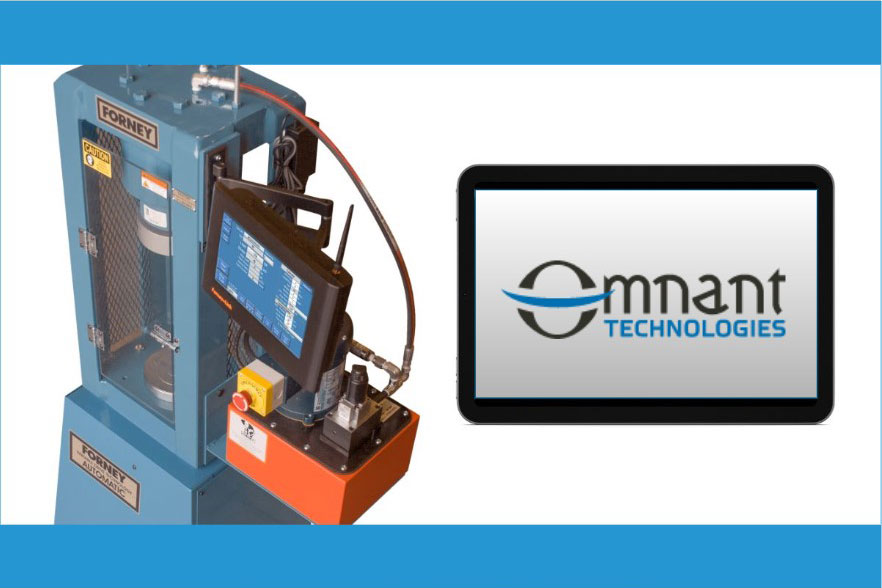Guide to Choosing the Right Management Software
That stack of paper field reports isn't getting any smaller, is it? For most construction professionals, Monday mornings mean sifting through last week's documents, juggling texts from field teams about equipment status, and somehow finding time to prepare for client meetings about project timelines. If you're nodding along, you're not alone. More importantly, there's a better way to manage it all.
The Real Cost of Getting It Wrong
I recently talked with a project manager who learned this lesson the hard way. Their firm had invested in what looked like a perfect solution on paper - all the features you could dream of, promising seamless integration and real-time updates. But six months and six figures later, they were still running their old systems alongside the new one because their field teams found the software too cumbersome to use on-site.
This story repeats itself across the construction industry more often than we'd like to admit. The real cost isn't just in the wasted investment - it shows up in the overtime hours spent reconciling data between systems, projects delayed by communication gaps, and the slow erosion of team morale as people wrestle with tools that should make their jobs easier, not harder.
Modern Construction Really Needs
The construction landscape has transformed dramatically in the last decade. Gone are the days when a project manager's most valuable tools were a well-worn notebook and a rolodex of reliable contacts. Today's projects move faster, involve more moving parts, and face tighter margins than ever before.
But here's what hasn't changed: the need for solutions that actually work in the real world of construction. You know the one - where internet connections can be spotty, where team members range from tech enthusiasts to those who prefer traditional methods, and where one delayed inspection can cascade into project-wide scheduling headaches.
Field-to-Office Flow
You know what they say about data: it's only as good as its ability to get where it needs to go. And in construction, that flow is critical. Think about how much time your teams spend duplicating information across different systems. Your field inspector fills out a form on-site, then someone back at the office types it into another system, and maybe a project manager copies key points into yet another platform for client reporting.
Every time that data gets handled, there's a chance for errors to creep in - not to mention the hours of productive time lost to redundant data entry. Modern construction management software needs to break this cycle, creating a single source of truth that flows seamlessly from field to office.
Real-Time Visibility
Remember the last time a client called asking for a project update? If you had to put them on hold while you made six different phone calls to track down the information, you know exactly why real-time visibility matters. In today's fast-paced construction environment, having to dig through emails or chase down field teams for basic project information isinefficient and a competitive disadvantage.
The right management software for construction gives you instant access to what's happening across all your projects. Imagine being able to pull up current project status, equipment location, and team availability with a few clicks. Beyond impressing clients, it's about making better decisions faster.
Integration Intelligence
Here's a truth that doesn't get talked about enough: no single piece of software can do everything perfectly. That's why integration capabilities are more than a nice-to-have feature. They're absolutely integral. Your management solution needs to play nice with:
- Your accounting system (because who needs more financial reconciliation headaches?)
- Document control systems
- Testing and inspection platforms
- Equipment tracking tools
Making the Smart Choice
Let's talk about evaluation strategy, because this is where many construction firms stumble. Before you start sitting through vendor demos (and trust me, there will be many), you need a game plan that goes beyond a basic feature checklist.
Start with Your Pain Points
Here's an exercise that's worth its weight in gold: gather your team – and I mean everyone from project managers to field techs – and map out your daily operational headaches. Where are the bottlenecks? Which tasks take way longer than they should? What makes people groan when they have to do it?
Maybe it's the weekly scramble to compile progress reports, or the constant game of phone tag trying to locate equipment. These pain points are your roadmap to finding the right solution, because they tell you exactly what problems your new software needs to solve.
Think About Growth
Sure, that basic system might handle your current workload just fine. But what happens when you land that major infrastructure project you've been eyeing? The last thing you want is to outgrow your software right when you're scaling up operations.
Look for solutions that can flex with your business. Can the system handle multiple projects simultaneously? Does it offer advanced features you can grow into? Will it support your team as you expand into new service areas?
Consider Your Team
Here's a hard truth: the most feature-rich software in the world is useless if your team won't – or can't – use it effectively. Your field crews need something that works as well in the mud as it does in the office. Your project managers need clear visibility across operations. Your admin team needs efficient data processing capabilities.
Look for:
- Intuitive interfaces that don't require an IT degree to navigate
- Mobile capabilities that adapt to your devices
- Training requirements that won't eat up weeks of productive time
The Implementation Reality Check
The reality of implementation? It’s where the rubber meets the road. The most powerful software can fall flat if the transition isn't handled right.
Consider this scenario: You've chosen what looks like the perfect solution. But three months into implementation, your historical data is a mess, half your team is still using the old system, and you're wondering if you've made a terrible mistake. Heard that before? Let's make sure that doesn't happen.
Making It Work in the Real World
Listen, we've all heard the horror stories: shiny new software systems gathering digital dust because they couldn't handle actual job site conditions. The best construction management software bridges the gap between perfect-world scenarios and what actually happens on the ground.
Think about your typical project day. Maybe you're dealing with spotty cell service at a remote site, or perhaps you've got team members who range from tech-savvy to tech-skeptical. Your software needs to handle all of it – the good, the bad, and the muddy.
The Technology Sweet Spot
Here's where construction management software gets interesting. It's not just about having the latest features - it's about finding that perfect balance between capability and usability. The right system should feel less like learning new technology and more like finally getting the tools you've always needed.
What does that look like in practice? It means:
- Reports that practically write themselves as data flows in from the field
- Scheduling that updates automatically when conditions change
- Equipment tracking that tells you not just where things are, but where they need to be
- Quality control that catches issues before they become problems
Future-Proofing Your Investment
What about tomorrow? Construction technology isn't standing still, and your management software for construction shouldn't either. The solution you choose needs to evolve with both your business and the industry.
Look for vendors who:
- Keep their finger on the pulse of construction technology trends
- Regularly update their platforms with meaningful improvements
- Listen to user feedback and actually act on it
- Provide clear development roadmaps
The Bottom Line
At the end of the day, choosing management software for construction isn't just about features and functionalities. It's about finding a solution that makes your team's life easier while improving project outcomes. When you get it right, it's like having an extra set of hands on every project – ones that never get tired and always remember to file the paperwork.
When you’re ready to explore how the right software can transform your construction operations, contact Omnant. To see how modern construction management tools can work for your team, be sure to check out our comprehensive solutions.
Share this Post:
Related Blog Post
Start streamlining your inspection and CMT testing processes with Omnant's integrated solution. Contact us today to learn how our software can support your goals for operational excellence.



